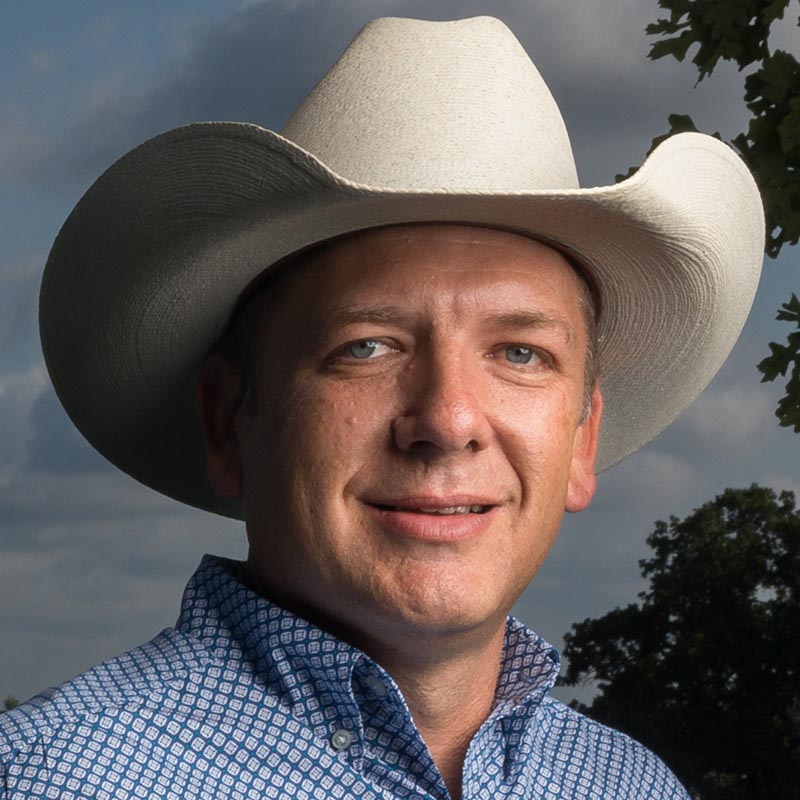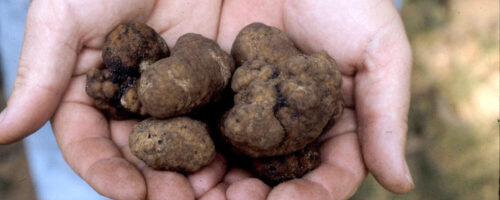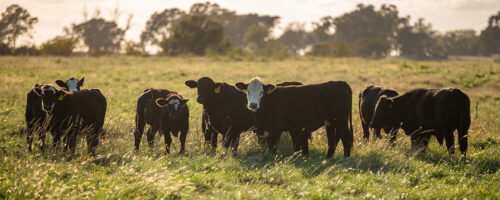Protect Your Cow Herd in Cold Weather
Tips to help you manage your cow herd through a winter blast.
Cold weather can be hard on your cow herd. Below are a few tips to help you minimize the risk that cold stress poses to your cattle.
Feed Cattle To Meet Higher Energy Needs In Cold Weather
Now is not the time to cut corners by limiting intake. Make sure cattle have free-choice good quality hay or good quality native grass pastures.
The lower critical temperature is 32 F when animals have a dry hair coat. Using the wind chill temperature each day, for every 1 degree below the lower critical temperature, energy requirements increase 1% each day. So if the wind chill is 0 degrees, then energy requirement is 32% more than average daily requirement for a cow with dry hair coat, or 132% of the diet.
When cattle have a wet hair coat, the lower critical temperature is 59 F for every hour they are wet, and their energy requirements increase 2% each day.
Protect Cattle From Wind
Protection from the wind can make a big difference. That can be in the form of man-made structures, walls (any structure that creates a wall), wooded areas or draws in the pasture.
Make sure the area blocking the wind is big enough for the whole herd.
Provide Bedding, Other Protection For Calving Herds
Many spring-calving herds may have started (or are about to start) calving, and cold weather stress can have negative impacts on labor and calf survival.
Wind protection and protection from the cold, wet or frozen ground is critical for increasing calf survival.
You can protect your cows and calves from the cold, wet ground by providing clean, dry bedding. For example, you could roll out lower quality hay or calve in good native grass pastures.



Comment